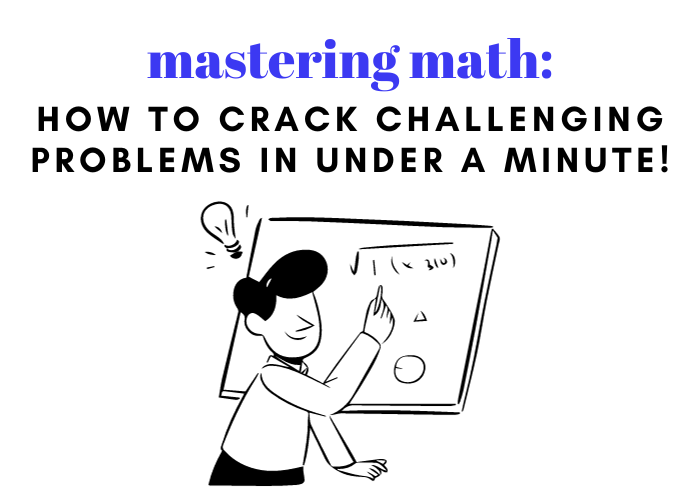
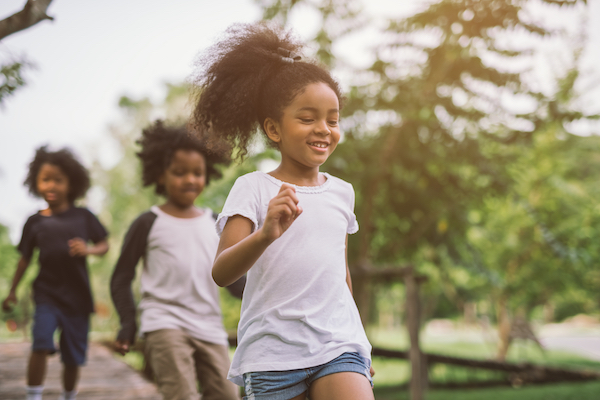
Last Updated on June 26, 2023
All month long we’ve been talking about creating healthy habits. Forming positive habits with your kids, such as eating healthy, personal hygiene, and reading daily, can help shape you both into the kind of people you want to be.
Today we’re talking about exercise: how to get started, what kinds of exercise will work for you and your kids, and how to maintain this truly worthwhile habit!
You’ve been told all your life that it’s important to exercise a few times a week, if not daily. You know some of the benefits already: healthy heart and lungs, lower risk of disease and illness, plus maintaining a healthy weight. While these are awesome, there are actually even more benefits, and you can use them to help your kids understand the importance of regular exercise.
Since we all know the usual benefits of exercise, we’d like to dive a little deeper and talk about some real-life statistics on how exercising regularly can help in a variety of ways you maybe haven’t thought about before!
Because we at Thinkster Math believe mental health is one of the most important things you can work on, we listed this one first. Beginning healthy habits with your loved ones—especially children—can drastically improve your mental health and your motivation. Then, once you get into the groove of healthy, regular activity, you may even find yourself ready to take on more and more hobbies you didn’t know you were interested in!
As parents, it can be challenging to learn that your child is suffering from a mental health disorder, and you may feel helpless when it comes to solutions. Taking medications can seem overwhelming or too intense, and you yourself might not have the time or energy needed to help get them out of their funk. That’s why getting into exercising, no matter what type, can be just the thing to get your child jump started on feeling better and having a sure-fire way to kick them out of their depression on their own.
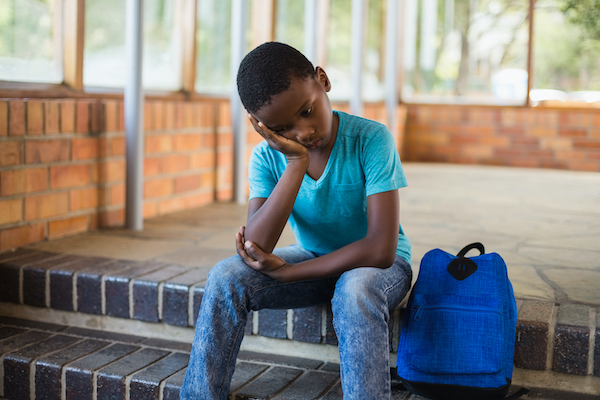
We learn from NCBI that “Aerobic exercises, including jogging, swimming, cycling, walking, gardening, and dancing, have been proven to reduce anxiety and depression. These improvements in mood are proposed to be caused by exercise-induced increase in blood circulation to the brain and by an influence on the hypothalamic-pituitary-adrenal (HPA) axis and, thus, on the physiologic reactivity to stress.”
In simple terms: exercise makes your body happy, which in turn makes your brain happy and can help relieve some of the symptoms of depression and anxiety. The Lancet Physiology performed a study on types of exercise and their effects on the brain. They learned that cardiovascular-focused exercises such as cycling, running, lifting weights, and swimming were linked to an average twenty percent reduction in poor mental health days. More specifically, they said, “The largest associations were seen for popular team sports (22·3% lower), cycling (21·6% lower), and aerobic and gym activities (20·1% lower), as well as durations of 45 min and frequencies of three to five times per week.”
So, if you or your children suffer from depression, anxiety, or neurodivergent learning styles such as ADD or ADHD, exercise can really help manage them. No one wants to feel helpless or out of control of their own brain, and getting your body up and moving can be one awesome way to combat some of their symptoms!
No matter how introverted or extroverted you are, there’s no denying that human interaction on a regular basis helps with your mental health and happiness. The Economic and Social Research Council says, “Social isolation has long been known as a key trigger for mental illness, while supportive relationships with friends, family and neighbours are beneficial to the mental health of individuals and the population. Other forms of social interaction such as volunteering are also known to boost wellbeing.”
Seems like you can really kill two birds with one stone using exercise. Your mental health will thank you, and both you and your kids will make plenty of new friends by engaging in socially-driven exercise.
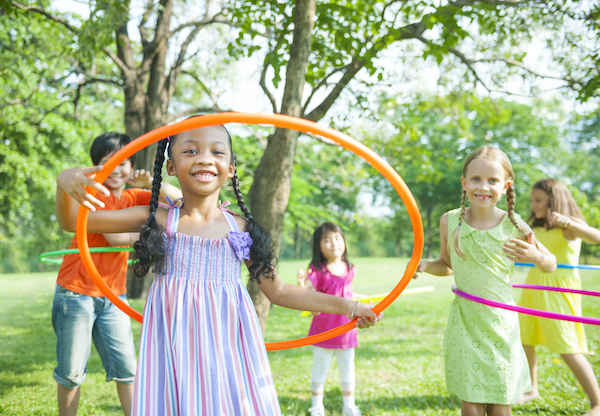
Some ways to get involved and meet new people, both for you and your kids, are:
There are so many ways you can get involved and make new friends, and if you pair it with exercise and sports you’ll have a great motivator to maintain this awesome new habit.
Regular exercise helps your body become more flexible. If you do something enough times, eventually your body will adjust and you’ll find the task, sport, or exercise becoming easier. Additionally, when you work out enough, your body may begin to demand that you stretch in order to release some of that lactic acid. From Mayo Clinic, we learn why a good amount of flexibility at all ages is important: “[Regular, purposeful stretching] improves your performance in physical activities, decreases your risk of injuries, helps your joints move through their full range of motion, and enables your muscles to work most effectively.”
If you’ve ever been bending over to reach something and tweaked your back, or been unable to play with your children on the floor for very long, you might already know how important flexibility is. As our bodies age, it can become more and more difficult to keep our joints and muscles feeling happy, but it’s never too late to start working on it.
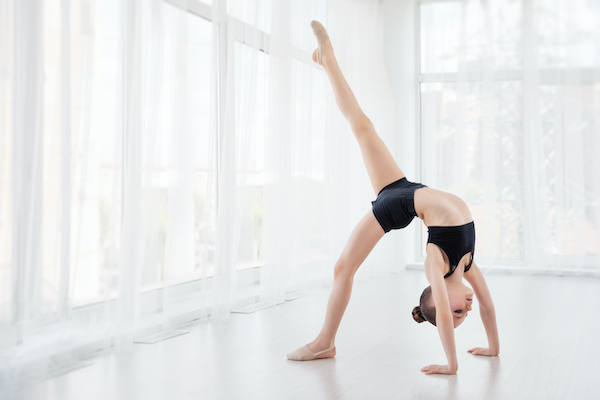
For your kids, they’re just growing into their limbs and don’t have the same problems that you do. Their bodies are much more accepting of physical activity, and you’ll find that they can easily do things that you haven’t been able to do in years. However, that doesn’t mean that being flexible and strong isn’t just as important for them as it is for you. Here are some unexpected benefits of increased flexibility for children.
Your kids likely already want to play all day, or are very passionate about their sport of choice. If that’s the case, then make sure you emphasize stretching daily with them. You can do it together, and you’ll quickly find that you feel much better in your joints and muscles!
In the same way your body will thank you for the increased stamina and flexibility, the next time you want to keep up with your kids on the playground, or toss them around at home, you’ll be pleased to find your muscles are happy to oblige.
Exercising regularly, even if it’s not lifting weights specifically aimed to build strength, helps your overall blood flow and strength. Your children may find their strength builds differently than yours, which is why it’s good to vary the activities you do together.
Exercising to build strength can also help your children with any growing pains they may have. Teach them the right way to work out and exercise and make sure you follow it up with a well-balanced meal that can also aid in those growing pains.
More than just being physically tired, exercising regularly helps relieve a lot of the mental wear and tear we take on daily. Jobs, children, and just the general tasks that come with being a person can really wear on us. Especially if we don’t give ourselves any breaks. That’s why exercising a few times a week can really help relax your mind and relieve some of the wear-and-tear of daily life.
Hopkins Medicine states that, “…we do know that moderate aerobic exercise increases the amount of slow wave sleep you get. Slow wave sleep refers to deep sleep, where the brain and body have a chance to rejuvenate. Exercise can also help to stabilize your mood and decompress the mind”.
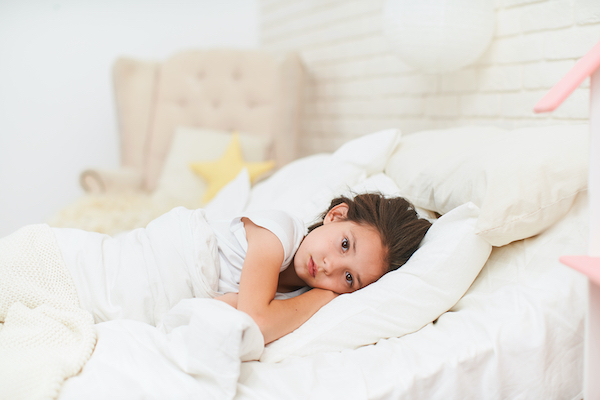
Exercising first thing in the morning can get you ready and energized for your day, and by the time you hit the pillow that night, you may just find that you’re excited and ready to do it again tomorrow!
Research into how our brains work and how they interact with our bodies has shown that exercise is linked to improved brain functionality. Even though it’s still a lesser-known area of study, some studies have linked a lower risk of dementia, improved memory, and higher ability to problem solve.
Cleveland Clinic reported on a study performed by Neurology.org, in which patients’ brains were studied in relation to their physical activity. The study found that, “Those who moved more scored better on the memory and thinking tests, and every increase in physical activity by one standard deviation was associated with a 31% lower risk of dementia…”
The benefits of regular exercise on your children’s brains are actually even greater. Because their brains are still forming and building those neural connections, any additional boosters will help them. A study from WeForum.org showed that, “Yes, physical fitness in children is linked in a direct way to important brain structure differences, and such differences are reflected in the children’s academic performance,” said lead researcher Francisco B Ortega, of the University of Granada’s Sport and Health Institute.”
shutterstock image: https://www.shutterstock.com/image-photo/portrait-african-girl-writing-solution-sums-1078335890
Your kids are already learning and absorbing so much more than we give them credit for, which is why it’s so vital for them to give their brains the time and energy they need to take it all in. If they’re struggling in school (and especially math), exercising might be one way to help get them back on track. We know your kids are gonna go far in life. Getting them into an exercise habit from a young age can simply help them go further!
With all the many benefits that come with exercising, you’re now likely wondering how on earth you’re going to make it habitual. Here are just a few tips from experts like ZenHabits and WebMD on how to make regular exercise a routine for you and your family.
Getting the motivation for daily exercise can truly feel impossible sometimes. We’re all very busy, we have different priorities, and sometimes we are just not mentally feeling equipped to get up and move. However, everyone must start somewhere, and you can do you and your kids a huge favor by starting small and with low expectations. Plus, if you haven’t been exercising before now, doing something extremely strenuous or high-impact can injure your body, so you’re doing yourself a favor by starting small.
Exercising regularly doesn’t have to be going to the gym or playing a full sporting game. A small amount of movement each day can get the job done, and starting small will teach you and your kids that you can do it. Which in turn will lead you to seek higher and higher goals.
Here are some easy ways to get up and moving as you’re just starting out:
One way we like to get creative is to take your children on an adventure! This doesn’t have to mean anything big, either, but you can use your made up story to stay outside for a long time, make it super fun for kids, and bring you closer together. Some adventure templates you can follow along with are things like:
Each of these activities will get you outside and having fun with your kids. Now, it’s time to build on that foundation of small exercises and move up.

In addition to the creative activities and adventures you can do with your kids, you can continue to be creative by making regular exercise and sports more interesting. Add prizes, competitions, and include the neighborhood children as a way to make it more fun!
You should also use that creativity to find ways to motivate yourself. You can set daily reminders in your phone, but if that stresses you out when you feel you can’t check off that reminder each day, then you can create a progress calendar instead. Moritz Fine Designs has this great calendar that can make finding motivation a little easier.
Do activities that are fun for you, not too difficult. If it’s too hard, you won’t want to do it, much less on a regular basis. Try switching up your exercise until you find something that you want to do often, then stick with that!
Without goals, it can be hard to find direction with your exercise. Generalizing by saying “I want to lose weight” won’t work either. Very Well Fit teaches us how to set realistic weight loss goals. It’s important though to remember that exercising isn’t just about losing weight and looking the way you think people want you to. If you’re here to do this with your children, setting realistic exercise goals can be a better motivator than weight loss alone.
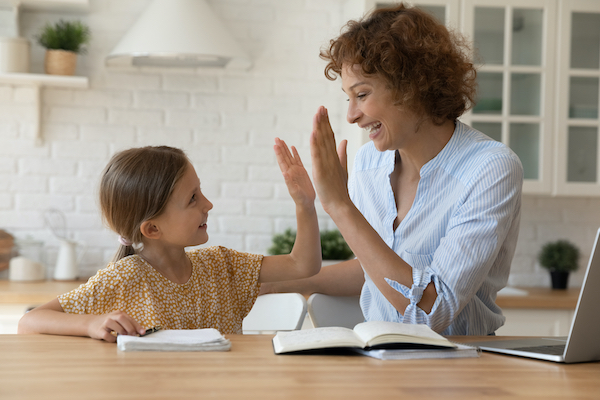
That’s why you should go through this entire process with your kids right alongside you. Even if your goal with exercise is to lose weight, don’t let them in on that secret. Talk to them about getting healthy, the many benefits of exercising, and how you want to have fun together! Then, you can set goals that work for the both of you and hold each other accountable.
Another great reason to exercise with your children and alongside your children is so you can check in on each other. Ask your kids to check in with you, letting them know that they are your coach for the next few weeks until it becomes a habit for both of you.
Then, on days when you can’t attend your chosen class or sport, look for other activities to do together. Ask your kids what sounds fun and be willing to try whatever they suggest. You can take turns choosing your exercise routine, too, which helps them feel in control of their happiness, and again brings you closer together.

It takes a few weeks for something to become a habit, and even then it can still fall away if you’re not rewarding yourself for your progress. Exercising is a hard one to maintain in your busy life, so don’t be afraid to hype yourself up! Hype your kids up too, and offer to treat you both to a fun meal, toy, or treat when you hit your goals.
Posting about your activities on social media is another great way to stay excited. You can take pictures of yourselves playing sports, going on adventures, and even do before and afters as you lift weights and train together. Your family will love the silliness of taking candid photos, and you will love the memories to look back on!
We hope this guide was helpful as you begin your new journey of exercising as a habit, and make sure you come back for our next blog as we talk about more awesome habits like eating healthy and the benefits of getting enough sleep.

